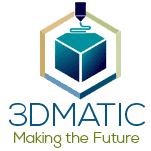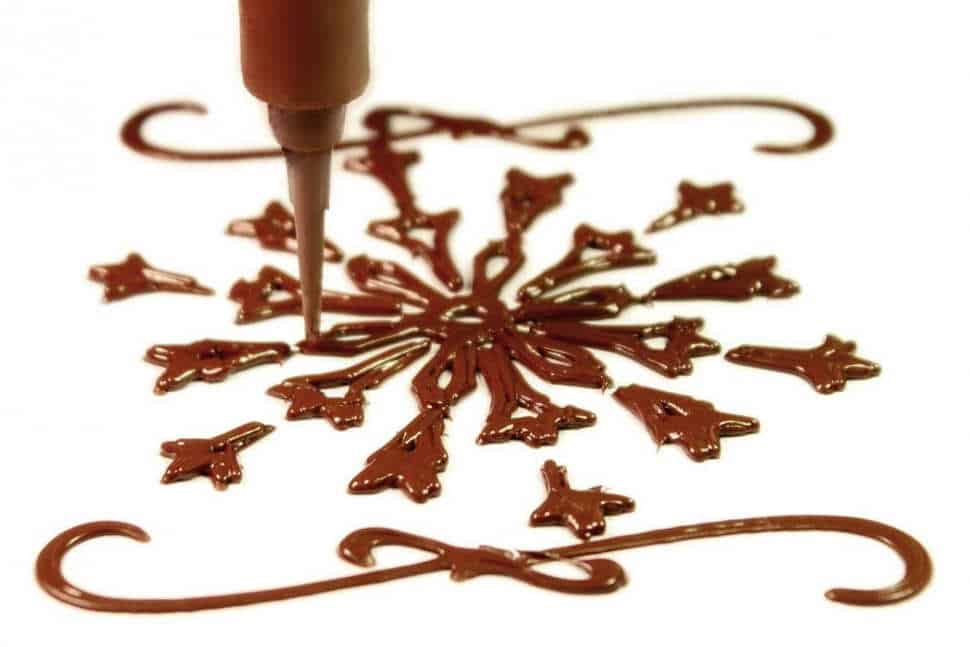In the 1900s, a soldier’s field ration included dried or salted meat because they were lightweight and could be carried on foot because canned foods added too much extra weight to a soldier’s backpack.
In the 1940s, more canned foods were reintroduced into a soldier’s ration to provide a better nutritionally balanced diet. In the 1960s, MREs (Meals Ready to Eat) were introduced. An MRE consists of dehydrated meals stored in a waterproof canvas pouch. Several improvements on MREs occurred between the 1960s and 1980s, and sophisticated MREs now exist for soldiers who serve in many different climatic conditions.
It is Friday, and you have had a busy work week, but you look forward to getting home, having a good dinner, and watching a favourite movie. Suppose you use your smartphone to send commands to devices in your digitally-wired home to perform the following tasks:
- Prepare a sumptuous steak dinner, and keep it warm until you get home,
- Prepare a serving of mashed potatoes,
- Prepare fresh salad,
- Take out a chilled bottle of wine when you get home.
- Serve the dinner as soon as you get home.
Robotic devices and 3D printers will perform all these tasks, as portrayed in the food replicator of the original Star Trek TV series.
Does this scenario sound far-fetched? Not at all; it could happen in the near future. Actually, NASA is sponsoring 3D printing of foods for long-duration space travel. This means that an astronaut on a space mission to Mars can print meals from food packages with a 5-year shelf life, and that can provide a menu of nutritionally balanced meal choices. This article reviews the progress that has been made in the 3D printing of foods and what future developments to expect.
Which Types of Food Are Being 3D Printed Today?
It is not within the scope of this article to list all food types which have been 3D printed. However, the following list mentions major food groups which have been 3D printed as of February 2015.
- Food items that are easy to print and have been 3D printed include chocolates, popsicles, and cakes. For example, Hershey® now prints elaborate chocolate shapes called the CocoJet.
- Pasta is a favourite food item for 3D printing. The company Barilla® is a leader in the printing of pasta.
- A university in Australia is 3D printing Jell-O in the form of edible hydrogels that can conduct electricity. Whether there are willing consumers of the product at this time is questionable.
- A Spanish company called RIG® has 3D printed several layers of ice cream that are cold enough to be removed from the build plate by hand.
- The company XYZprinting® has 3D-printed cookies, chocolates, and pizzas in food paste that is ready for the oven.
- An Italian company has 3D-printed sugar cubes, although they are expensive.
- Mashed-up carrots, peas and broccoli are being 3D printed. The food items are soft and are held together with a gelling agent. They are being served at a retirement home in Germany.
Can 3D Printed Foods Provide Nutrition and Safety?
The list of food groups that have been 3D printed are primarily starch and sugar-based. This raises the question of nutritional adequacy, especially for people who are diabetic. Apart from the sugary content of these food groups, many other questions should be answered:
- Do material constituents in printed food come from natural sources, or are they synthetic?
- If the material sources are safe and nutritious, will the 3D printing process degrade them, and will they have a good shelf life?
- Are there safe molds to use for 3D printing of foods?
When microwave cooking was introduced several decades ago, similar questions were asked. Even today, there are “old fashioned” people who are reluctant to eat microwave-prepared food. It will certainly take some time, even after the FDA clears 3D printed food groups, for them to become popular.
The following list provides answers to some of the questions raised.
- PLA (polylactide) has been tested and found to be food-safe as a mold for printing food. Although PLA releases small amounts of lactic acid, the amount released is about 700 times less than the lactic acid intake of breast-fed milk for infants. What is more important with regard to safety is to keep the printer clean, so that it does not become a breeding ground for bacteria.
- The ability to print food products which are not starch or sugar based will take some time. NASA is already sponsoring research which will provide nutritionally balanced 3D printed foods for astronauts who undertake long duration space missions.
- Currently, 3D printing of food focuses on using ingredients which exist in nature. Most printed foods are in puree form, to help nursing home patients who suffer from dysphagia, and who have trouble chewing and swallowing food.
What Innovations In 3D Printing of Foods Are Likely?
A General Electric sponsored company is developing a “smart fridge”, a Wi-Fi connected appliance, which will make storing and eating food more efficient. For example, the appliance automatically fills cartons, jugs and milk bottle in the refrigerator, and lets your smart phone know whether you need to purchase more milk from the grocery store.
As mentioned earlier, XYZprinting can print different food pastes simultaneously, so that they could be eaten raw, or cooked and eaten. Capsules containing materials for the food will be personalized to contain vitamins and minerals, and will be tailored to the needs of the eater.
Much research is ongoing to develop safe and nutritionally balanced material sources for 3D printers. Thanks to the vigilance of the FDA and other food monitoring agencies, we can be sure that 3D printed foods will not make it to market unless they are cleared with regard to safety and nutritional value.

